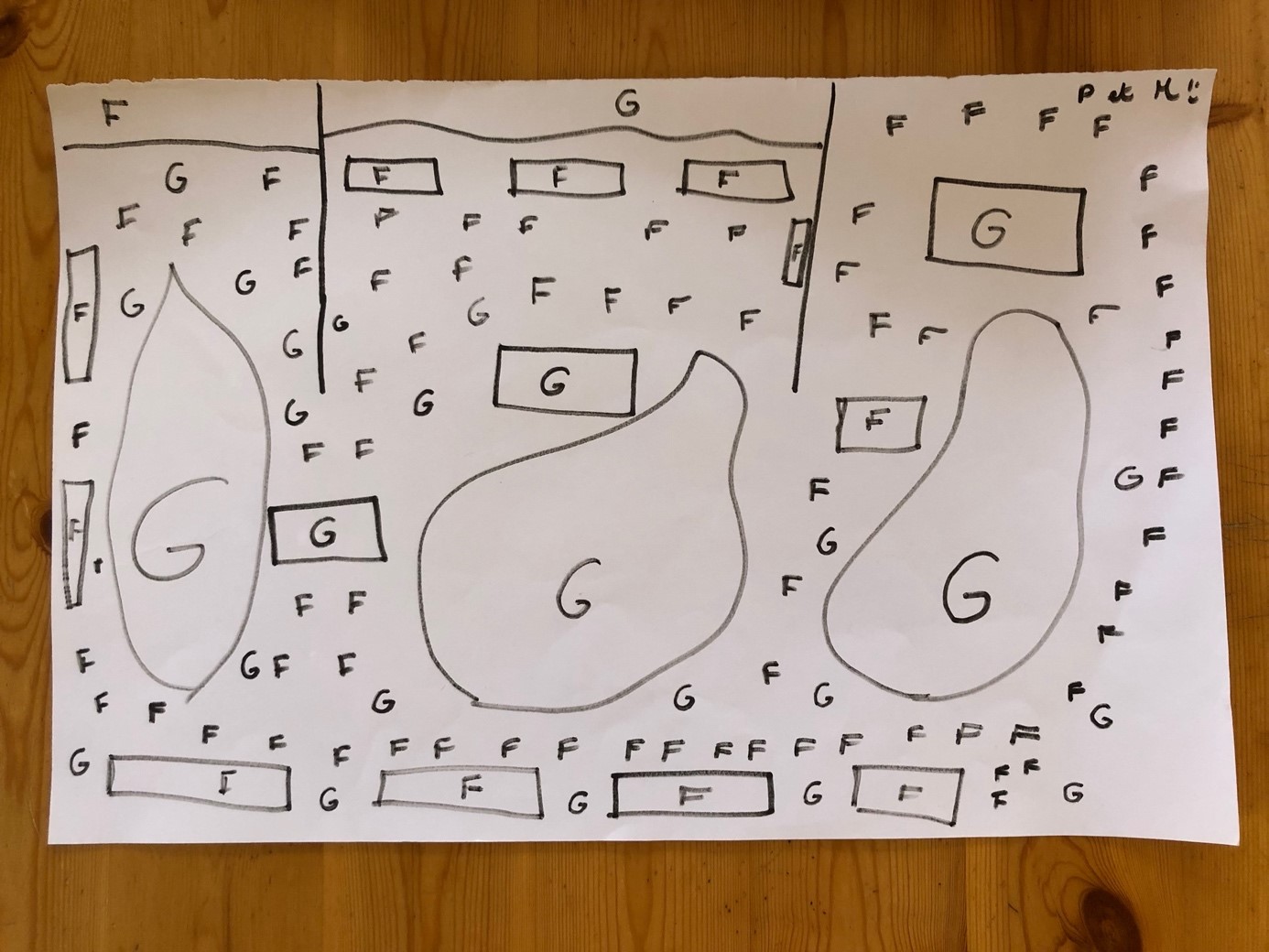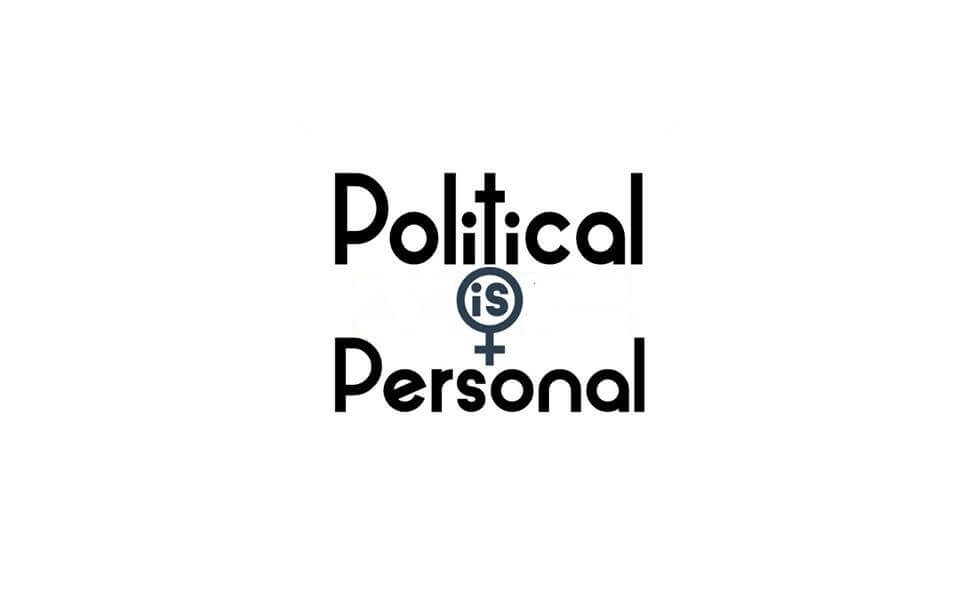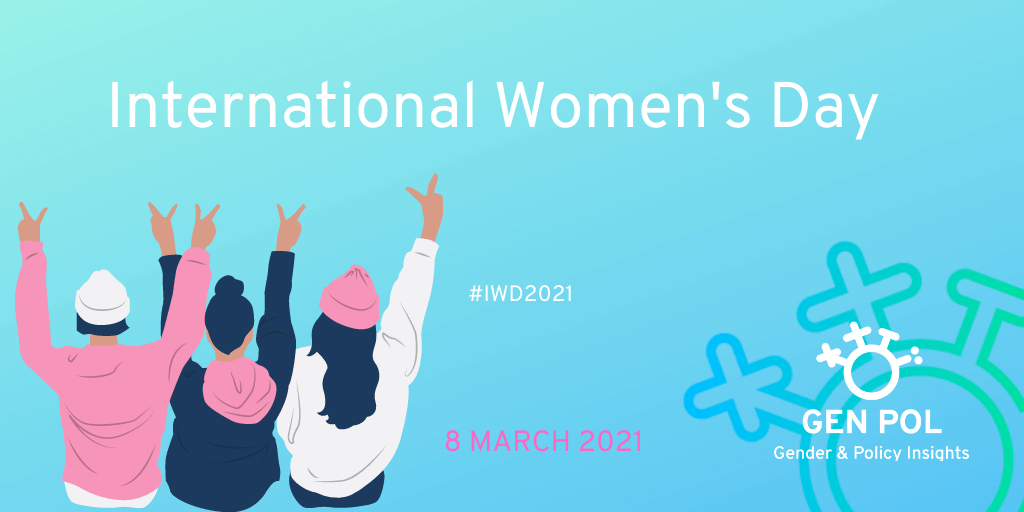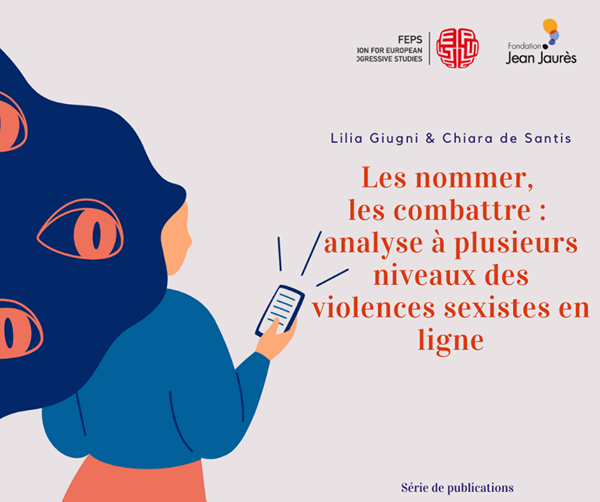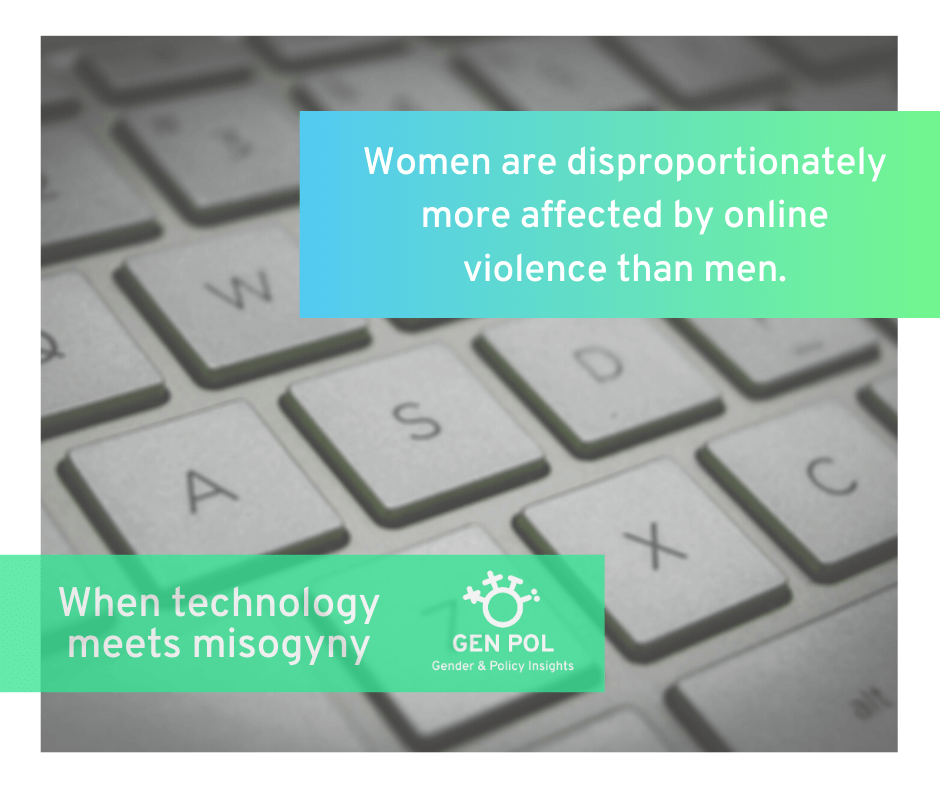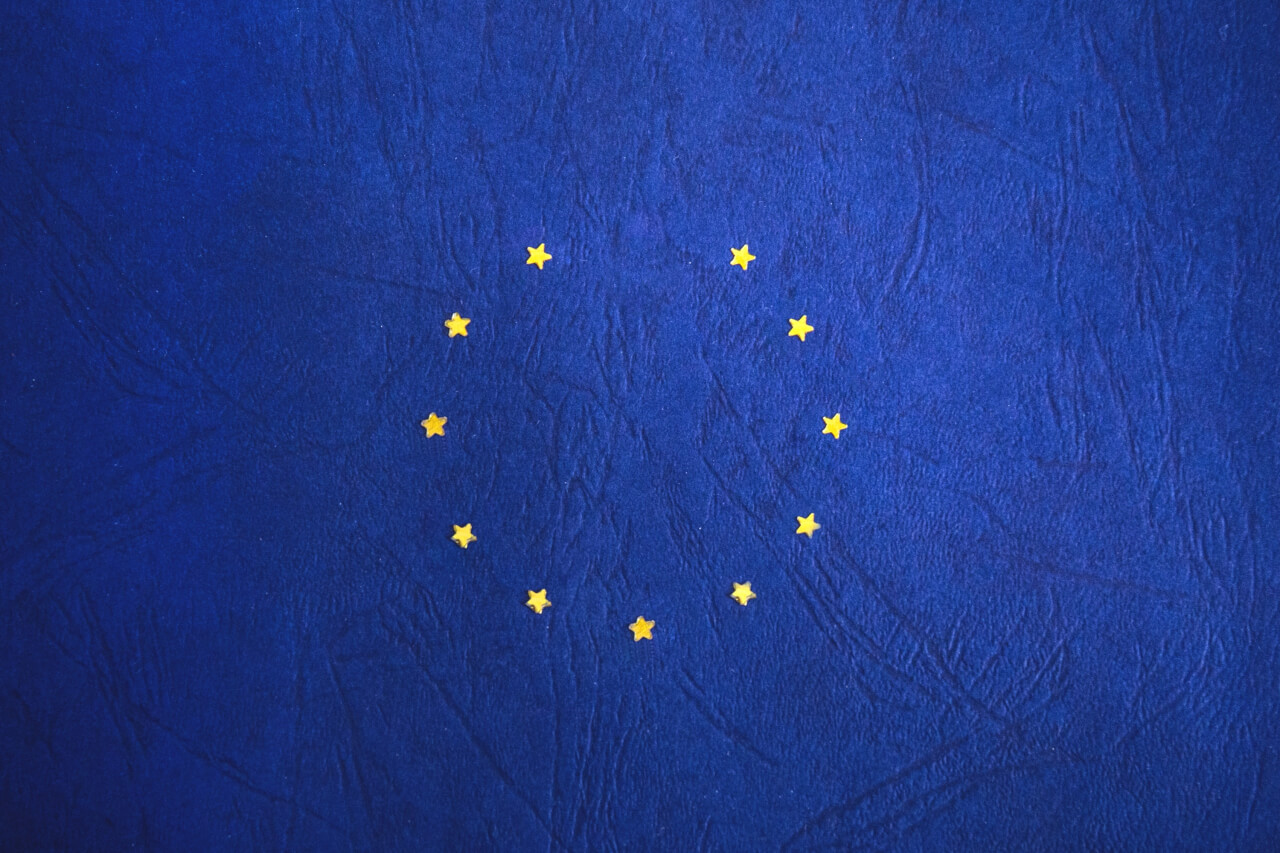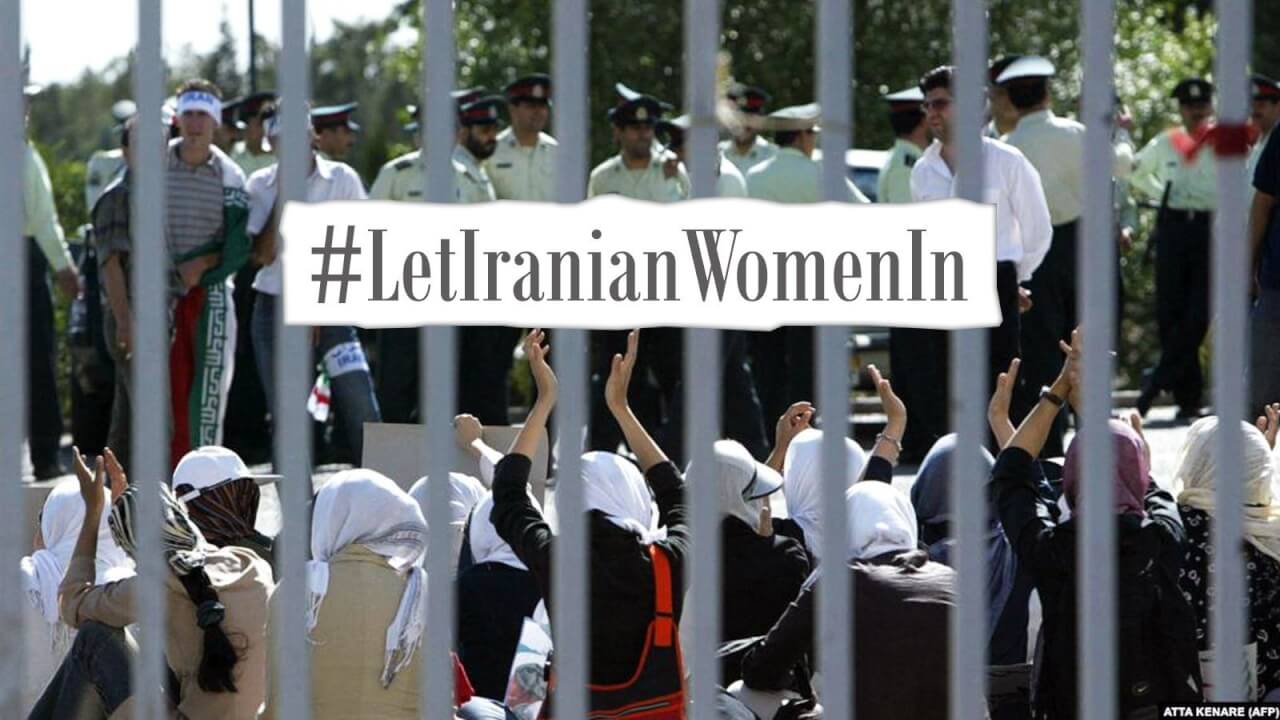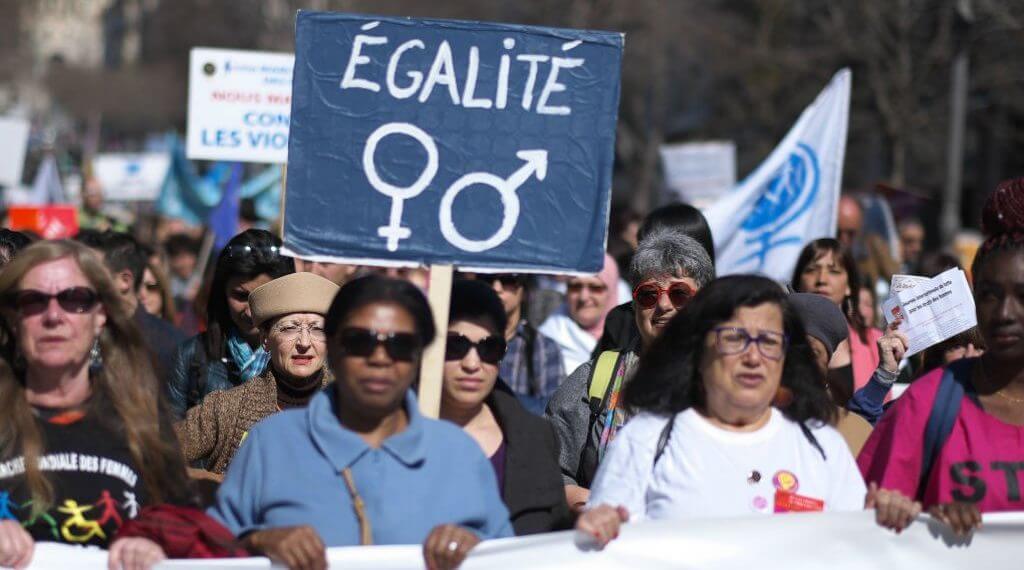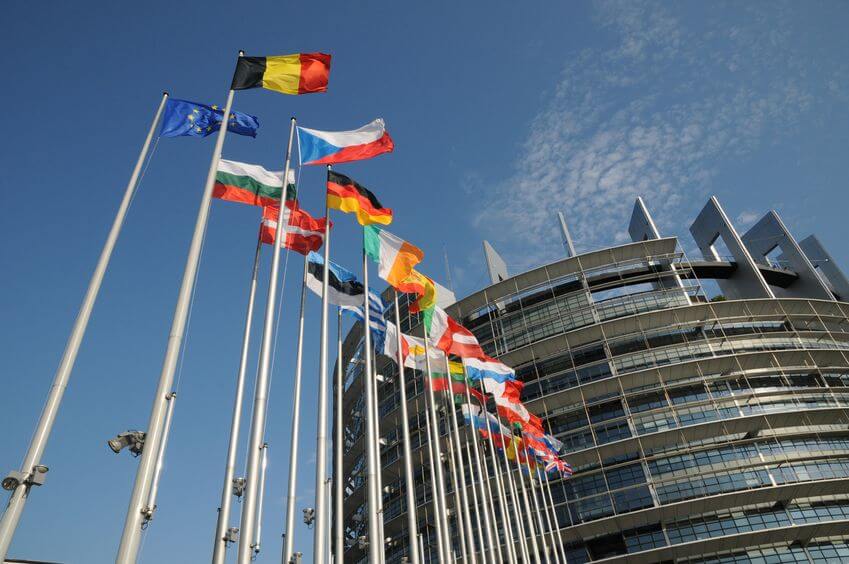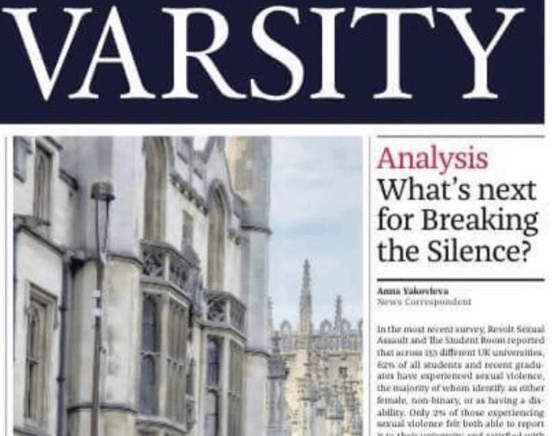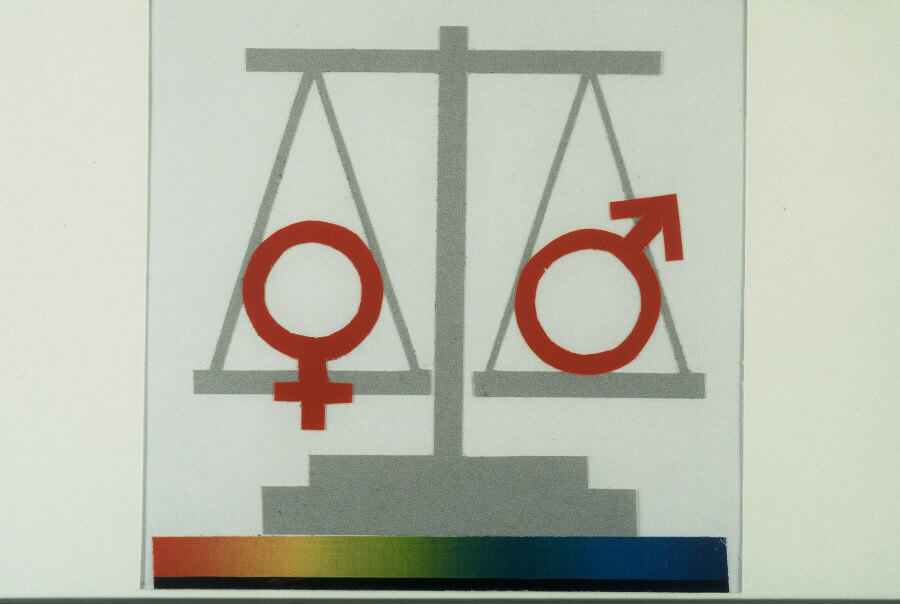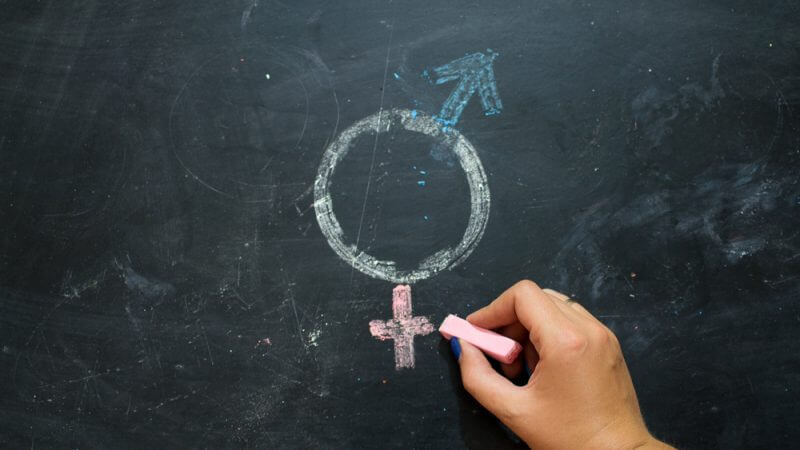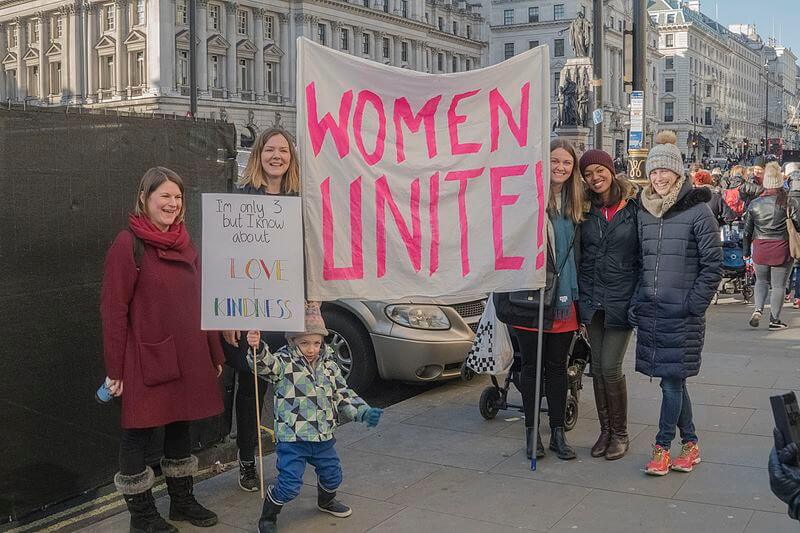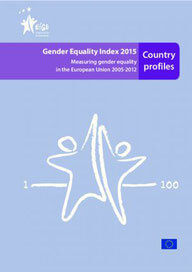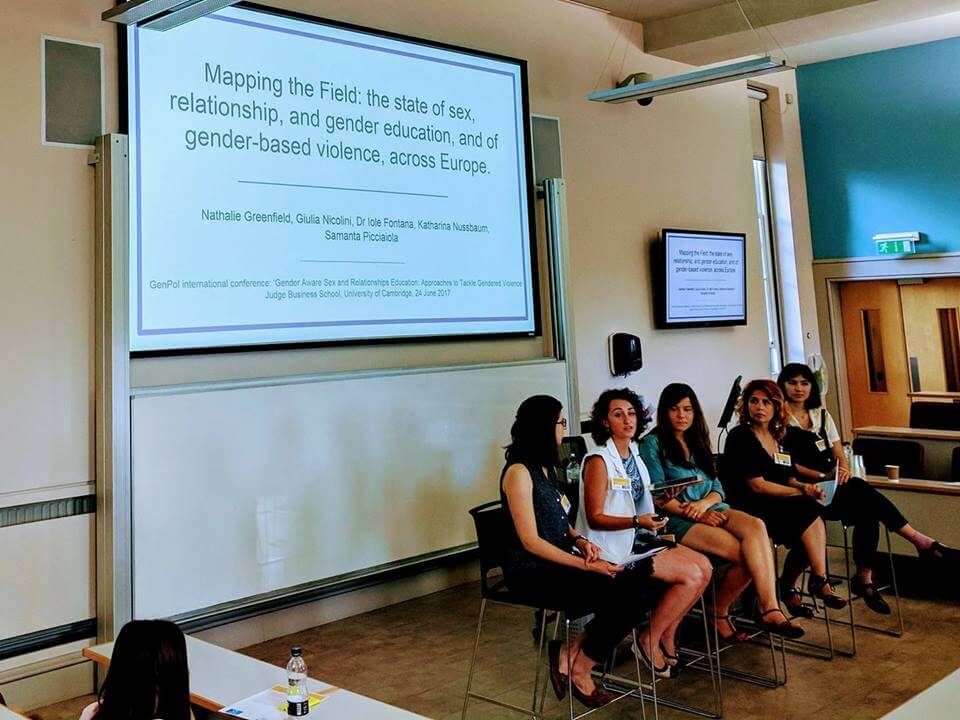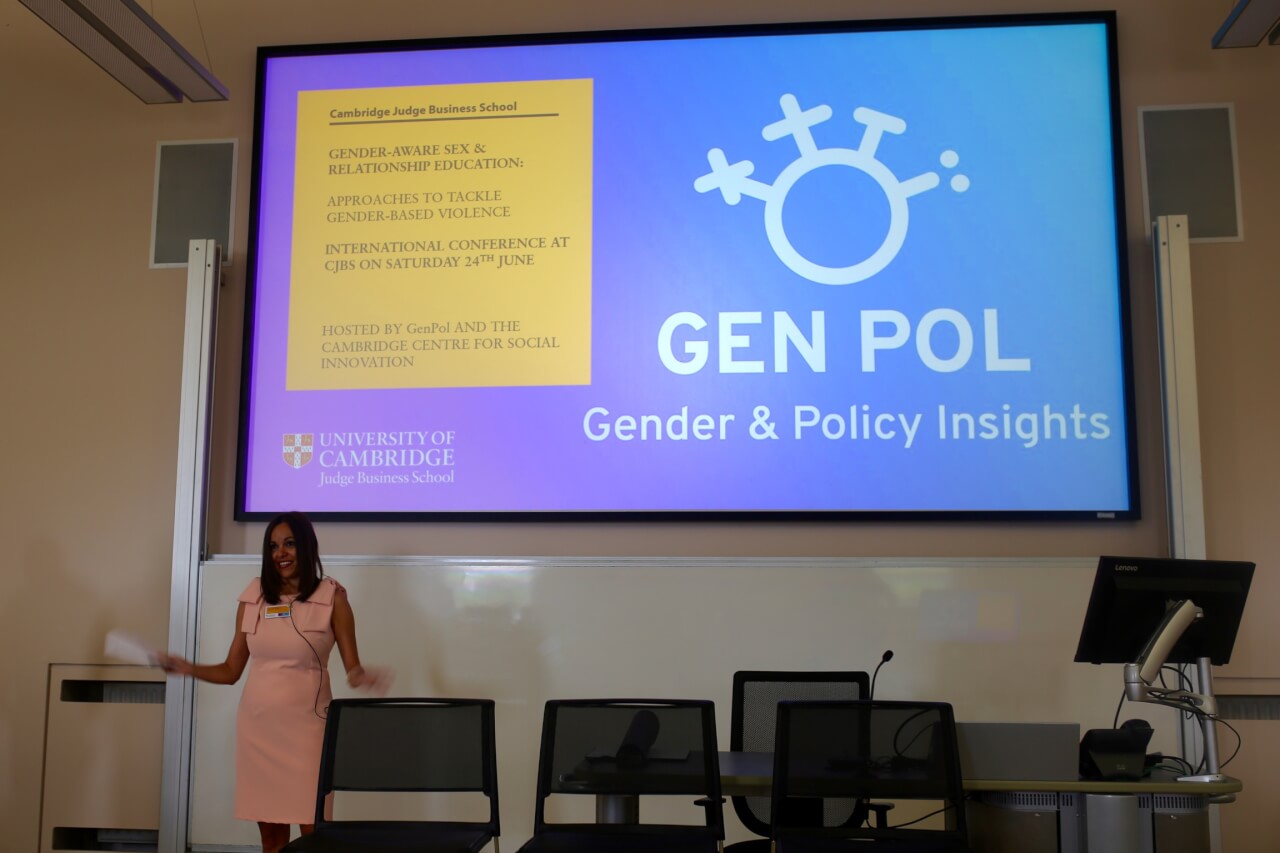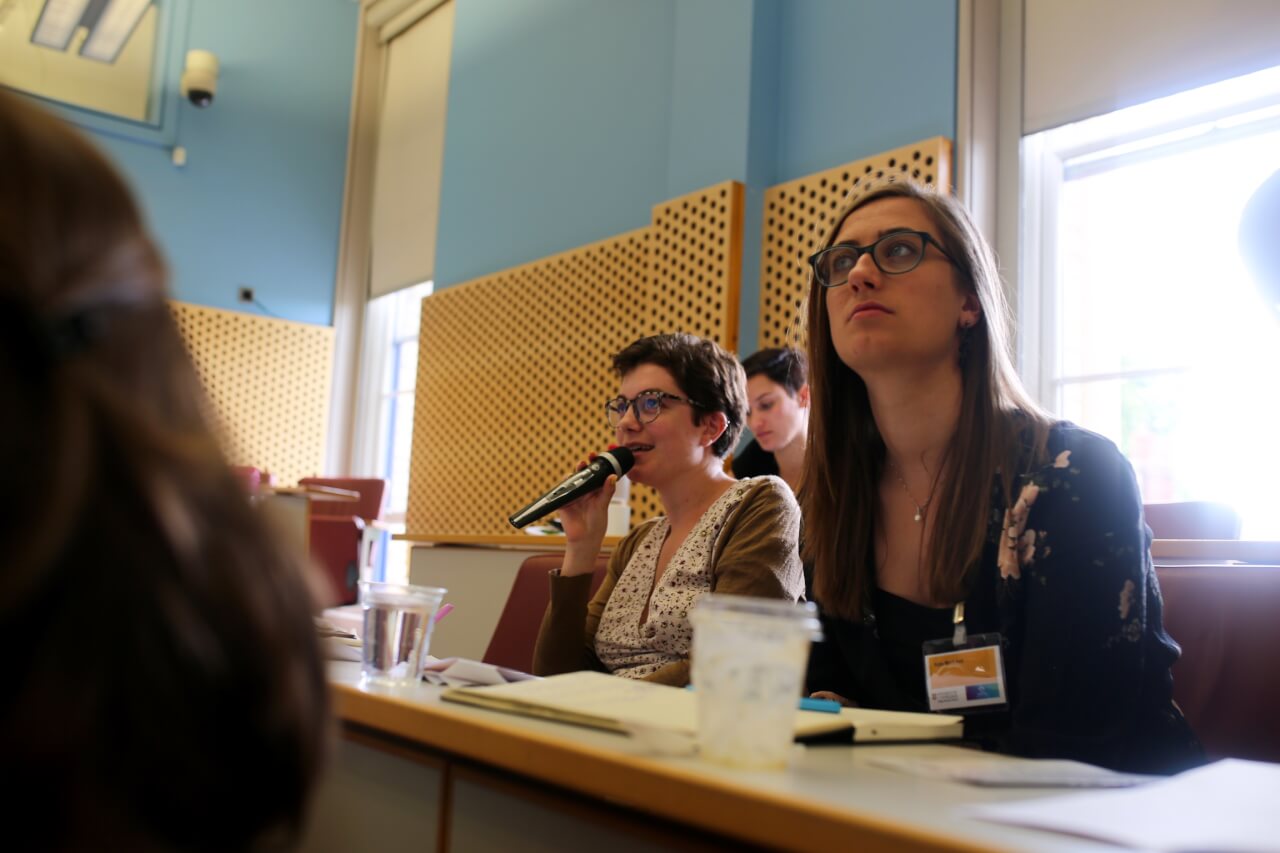
This post marks the first in a series of three weekly case studies addressing legislative approaches to rape in the EU. They are taken from a report written by our research associate, Nathalie Greenfield, which will be made available on our website (along with a complete list of works cited) from June 17th 2019.
Violence against women is prevalent in the EU. One in three women have experienced sexual and/or physical violence since the age of 15.[1] A range of legal instruments prevent and punish violence against women in its many forms, from national legislation, to European regulations and international treaties. Understanding the efficacy and scope of these legal instruments provides an important indication of how European countries conceptualise gender-based violence and what remains to be done to safeguard women’s rights to be free from violence in the region.
Violence against women (VAW) takes on many different and overlapping forms. Article 3a of the Council of Europe Convention on preventing and combatting violence against women and domestic violence (Istanbul Convention) defines VAW as “all acts of gender-based based violence that result in, or are likely to result in, physical, sexual, psychological or economic harm or suffering to women, including threats of such acts, coercion or arbitrary deprivation of liberty, whether occurring in public or in private life.” [2] The breadth of the field means that there is a vast amount of legislation that touches the prevention, prosecution, and punishment VAW. Consequently, this paper will narrow its focus to rape and sexual assault. Rape being one of the most extreme forms of VAW, and one which one in 20 of women in the EU have experienced,[3] understanding how a country legislates on rape can be indicative of the stance that a country and its national legislation will adopt to VAW in general.
This paper will map the state of rape legislation in Europe. Part One begins with an overview of international law and agreements as pertains to VAW, and the standards that emerge from these instruments. Part Two then broadly outlines the state of play in the EU Member States on the whole, before concentrating on case studies of five EU Member States in Part Three: the United Kingdom, France, Italy, Poland, and Sweden. Comparison of these countries with international standards illuminates the gap between international and domestic law as regards rape law, as well as the disparities between Member States.
The concept of consent is critical to understanding legislative approaches to rape. Differences in how rape is legally defined can hinge on defining consent, and there are vast bodies of academic, sociological, and popular literature dedicated to developing societies’ understanding of consent. This paper will therefore devote substantial space to examining the differing standards of consent in international and domestic law.
It is important to note that legislation is not the sole solution to stemming the prevalence of VAW. Meeting international standards with respect to rape legislation will not singularly prevent its pervasive presence in women’s lives. Legislation is, however, an important part of the broader fabric of preventative measures at a country’s disposal to tackle VAW. Legislation provides a baseline for prosecution and provides a legal standard applicable to all citizens. In short, legislation is fundamental because it determines what a society seems acceptable, and defines unacceptable behaviours to be punished. Thus, meeting internationally-defined standards for rape legislation is vital to guaranteeing the protection of women’s basic rights.
Legislation is only effective if it is upheld. Lawmakers, law enforcement agencies, and civil society are all critical actors making a tangible difference to women’s lives. This paper poses three questions against this backdrop: what are the international standards for legislating on rape? To what extent do EU Member States meet those standards? And what is the impact of differing legislative measures on rape across the Union? In exploring these questions, this paper will illuminate areas for further action in the ever-pressing movement to combat rape and promote gender equality.
[1] European Union Agency for Fundamental Rights (FRA), Violence against women: an EU-wide survey. Results at a glance. (Vienna: FRA, 2104), p.17
[2] Council of Europe, Council of Europe Convention on preventing and combatting violence against women and domestic violence (Istanbul Convention), Art. 3a <https://www.coe.int/en/web/conventions/full-list/-/conventions/rms/090000168008482e>
[3] FRA, p.10

